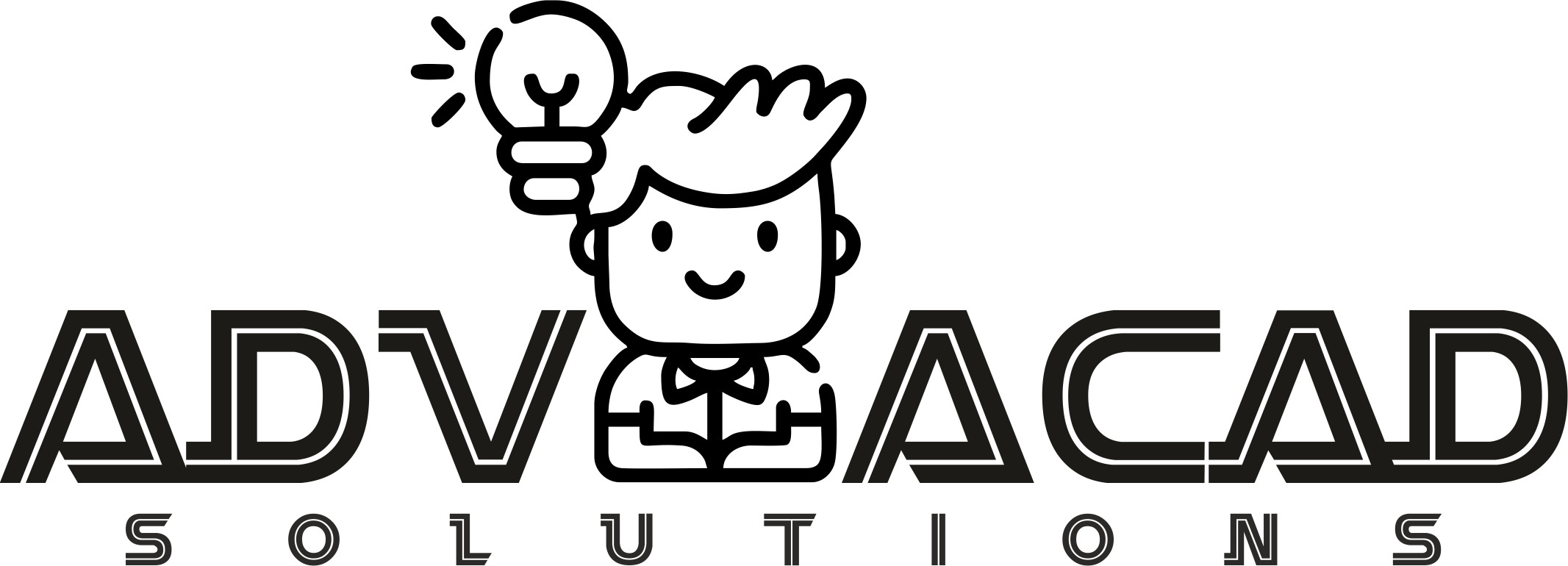
Ambidextrous Albert Einstein: A Myth or a Fact?
Albert Einstein is widely regarded as one of the greatest scientists of all time. His contributions to physics, such as the theory of relativity and the equation E=mc2, have revolutionized our understanding of the universe. But did you know that Einstein was also ambidextrous, meaning that he could use both his left and right hands equally well?
The Evidence for Einstein’s Ambidexterity
There are several sources of evidence that suggest that Einstein was ambidextrous. One of them is photographic. Many pictures show Einstein writing on a chalkboard with his right hand, but there are also some that show him using his left hand for writing. For example, in this photo from 1930, Einstein is seen signing his name with his left hand:

Another source of evidence is anecdotal. According to some accounts, Einstein was able to use his right hand for tasks such as drawing and playing the violin, which require fine motor skills and coordination. He was also known to switch hands while writing or solving equations, depending on which hand was closer to the paper or the chalkboard.
The most compelling evidence, however, comes from an autopsy of Einstein’s brain after his death in 1955. The autopsy revealed that Einstein’s brain was more symmetrical than a typical right-handed person’s brain. This means that the two hemispheres of his brain were more similar in size and shape, and that the corpus callosum, the bundle of nerve fibers that connects the hemispheres, was thicker than usual. These features suggest that Einstein had a stronger communication and integration between the two sides of his brain, which could explain his ambidexterity.
The Implications of Einstein’s Ambidexterity
What does it mean to be ambidextrous? And how does it relate to intelligence and creativity? These are some of the questions that researchers have been trying to answer for decades.
One possible advantage of being ambidextrous is that it allows a person to use both sides of their brain more efficiently and flexibly. The left hemisphere of the brain is typically associated with language, logic, and analytical thinking, while the right hemisphere is more involved in emotion, intuition, and spatial reasoning. By being able to switch between the two hemispheres, an ambidextrous person may be able to access a wider range of cognitive abilities and perspectives.
Another possible advantage of being ambidextrous is that it may foster creativity and innovation. Some studies have found that ambidextrous people tend to score higher on measures of divergent thinking, which is the ability to generate novel and original ideas. This may be because ambidextrous people are more likely to break away from conventional patterns and explore different possibilities.
However, being ambidextrous is not always a blessing. Some studies have also found that ambidextrous people are more prone to mental disorders, such as schizophrenia, dyslexia, and autism. This may be because having a symmetrical brain disrupts the normal specialization and coordination of the hemispheres, leading to confusion and conflict.
The Conclusion
Albert Einstein was a remarkable person who had a remarkable brain. His ambidexterity may have been a reflection of his extraordinary intelligence and creativity, but it may have also come with some challenges and risks. Whether he was born with this trait or developed it through practice and training is still a matter of debate. What is certain is that he used both his hands and both his hemispheres to make some of the most important discoveries in human history.
To Learn Ambidexterity as a Skill Visit : Theoryfy Online Learning Academy
https://theoryfy.com

